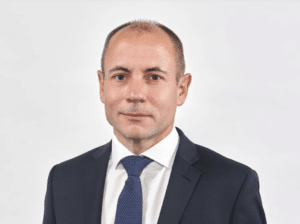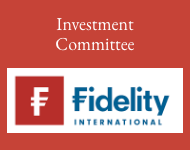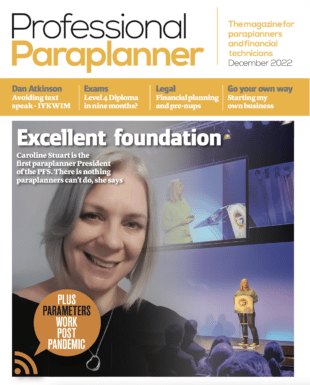In this week’s FundCalibre interview, Stuart Edwards, manager of the Invesco Tactical Bond fund, covers how a tactical approach can help navigate volatile markets. He explains the fund’s flexible strategy, covering interest rate positioning, corporate bond opportunities, and emerging markets. He also breaks down the importance of a top-down macroeconomic perspective, combined with bottom-up credit analysis. With insights into how recent rate cuts and inflation trends impact bond markets, this discussion sheds light on where the risks and opportunities lie.

Why you should listen to the interview: Bond markets have been on a rollercoaster, and understanding how to adapt to shifting interest rates and economic uncertainty is crucial. This episode breaks down complex concepts, highlighting how tactical investing can offer downside protection while seizing opportunities.
This interview was recorded on 12 February 2025. Please note, answers are edited and condensed for clarity. To gain a fuller understanding and clearer context, please listen to the full interview – see below.
Interview highlights:
What makes this fund different
“Some people use fixed income as a sort of safe haven part of their portfolio. Other people use it to tap into more risky parts of the markets. This fund is designed to tap into all of the different elements of the bond markets. It’s extremely flexible. It’s designed to take advantage from what is effectively a very volatile macro economic environment.
“There are three components essentially. It can tap into a broad universe, so it can adopt different interest rate strategies. We can manage the duration of the fund. It can take advantage of opportunities in corporate bond markets. The second component is flexibility. We can be flexible with our allocation, but also our duration or interest rates exposure and we can take advantage when we think that yields have gone too high. We can add duration. And similarly, if we feel that the bond market has routed too much and yields have fallen too much, then we can take some of that risk off. So flexibility is absolutely key.
“Then the third component of the fund is we’re downside aware. We can’t obviously promise that we won’t lose clients’ money because we can’t do that. But we are downside aware. It means that there has to be compelling valuations really for us to be involved.”
The Trump bump
“As for what happens through this year, there are some factors that I think quite obviously should support US growth, deregulation being one of them. Also Trump has stated that he wants to extend the tax cuts from 2017, that should be supported. But there are other things that work in the opposite direction as well. This ‘Doge’ department, that is cutting government expenditure, for example, if that proves to be comprehensive and extensive, then you’d think that would have an impact. The curbs on immigration; there’s been something like seven to 10 million immigrants into the US over recent years. That’s boosted the US economy, particularly household consumption. If that at least stabilised, if not went into reverse, then that could be a negative. And also tariffs, ultimately that’s a tax on consumers.
“We just have to see. I think we are getting a bit of what I term as a ‘Trump bump’ at the moment. But I think over coming months things should become a bit clearer. The only other thing I would say is that the US labour market has improved a bit over recent months, but it has been on a moderating trend over the past 12 to 18 months. Which is something that we are monitoring very closely. What we haven’t yet got is active layoffs but the hiring rate in the US is moderating for sure. So that is definitely something to watch and that we’re keeping an eye on.”
Allocating to emerging markets
“Emerging markets is a broad church. There’s a lot going on there — certain central banks are far more conservative and prone to hiking interest rates more aggressively in order to fend off inflation pressures and ultimately protect their currencies. Others less so. So, for example, Mexico has been quite aggressively hiking rates in recent years, as has Brazil. On the other hand, Turkey hasn’t. So there’s quite some contrast there.
“In terms of local bonds, we’re looking for central banks that have a hawkish lean in. Now, ordinarily your clients might think, well, surely that weighs against fixed income, but what it amounts to is, if these central banks are hawkish, then ultimately that’s going to print down on inflation and economic growth. Then at some point you will see good value in some of these local bond markets.
“So we’re seeing some very attractive yields, for example, in local Mexican and local Brazilian debts at the moment. Because these central banks have been quite aggressive at hiking interest rates. There’s other things that go on as well, you have to watch the fiscal side of things as well, I think in emerging markets versus developed markets. If the authorities have not got control over the public finances, then it’s a higher hurdle for investors to have confidence in these markets.”
Conclusion: Navigating bond markets requires flexibility, a strong grasp of macroeconomic trends, and a keen eye for value. As we’ve learned today, a tactical approach can help investors adjust to changing conditions while managing risk effectively. With rate cuts, inflation, and economic shifts shaping the fixed income landscape, staying informed is key.
Main image: pawel-czerwinski-eybM9n4yrpE-unsplash































